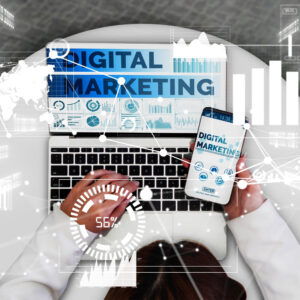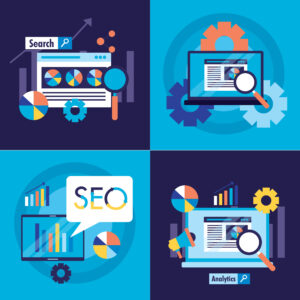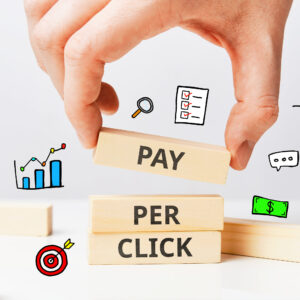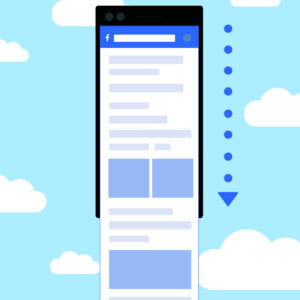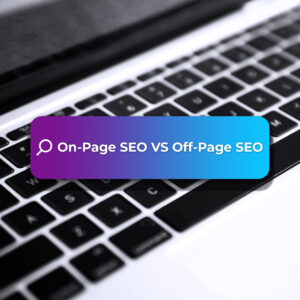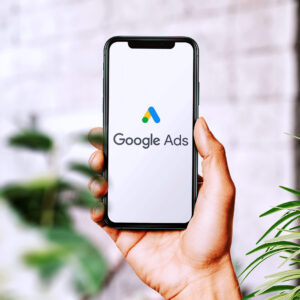When you woke up this morning, what was the first thing you did? About 27% of people say the first thing they do after waking up is open their phone and start scrolling through a social media platform. Not to mention all the others who will scroll through platforms while having breakfast, on their commute, or during down time at the office.
Social media refers to the technology that allows us to share content, such as ideas and information, through various networks.
These virtual communities allow people across the world to connect with one another and share all types of content by using internet-based software and applications.
In this digital age, social media has not only become such a powerhouse for marketing but has also evolved to the point it is now the preferred form of communication for most people. Before social media, communication was limited to attending events or picking up the latest news at a newsstand.
About 27% of people say they the first thing they do is scroll through social media when they wake up.
Social media completely revolutionized communication across the world and continues to possess so much influential power. Not only has it connected society more than ever before, but it has also benefitted businesses by increasing visibility and reach, allowing them to connect with customers in places where they never would have been able to before.
Before the 1830’s, one of the main forms of communication was letters, many of which were carried by, you guessed it, pigeons. Yes, people actually did that. Especially the armed forces. No joke! The printing press was another development in communication and, while it couldn’t traverse the distance that the pigeon post did, it stayed relevant with newspapers being used for getting messages to the masses.
In 1838, Samuel Morse presented his telegraph concept to US Congress and was the first to receive a patent for the device. By 1843 a telegraph system was built from DC to Baltimore and in 1844 the first message was sent. Slowly, Morse’s invention spread throughout the country and the first transcontinental telegraph line was built by Western Union in 1861. Prior to the turn of the 20th century, the telegraph was still responsible for most long-distance communications.
Radio and telephones were the next big developments in terms of communication. Radio was originally developed to be a wireless telegraph during the 1890’s and in 1900 the first audio transmission over a one-mile distance was successful. By 1920, commercial broadcasting was widely available and could be heard within a 100-mile radius, and later within 1,000 miles.
The telephone was first invented in 1849, but Alexander Graham Bell received the first US patent in 1876 leading to telephone lines being constructed in the US within the next few years. By 1900, there were 600,000 phones within Bell’s telephone system, growing to an incredible 5.8 million by 1910.
Radio allowed for communications over a distance without the need for direct wiring to one another and telephones aided to long-distance communication across the nation. Both inventions made it easier to remotely communicate with others and helped pave the way for communication advancements.
Skipping forward to the 1950’s and 60’s, computers were being used by the government and other larger businesses. At this time, computer mainframes were huge, taking up almost entire rooms and only able to perform specific functions. In 1969 computers were finally connected through the first packet-switching network called ARPANET. This allowed computers to interact, communicate, and share information with one another.
By the 70’s and 80’s, computers were made into smaller and more affordable forms, called personal computers, so they became more common in homes. Computers at this time were being used for playing games, word processing, and storing data on those floppy disks that no one uses anymore.
The predecessor to today’s internet, called NSFNET, was a nationwide digital network released in 1987 that led to the rapid expansion into what it is now. However, it wasn’t until 1991 that the World Wide Web was released to the public, allowing those with home computers to access the internet.
With this newfound internet access, communications continued to improve, and information became easier to share. Online services like CompuServe and America Online were able thrive and bolster digital communication, providing features like e-mails and real-time online chatting capabilities.
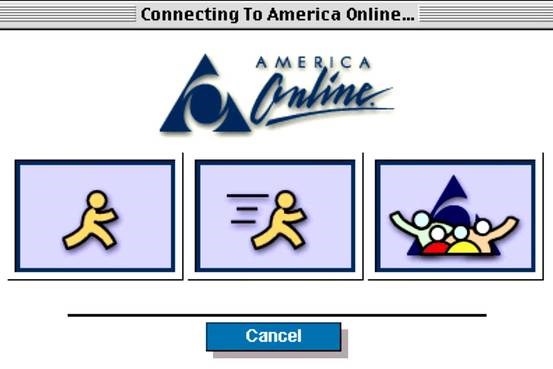
Blogging was another stepping stone for the evolution of communication and the ensuing the success of social media networking platforms. In 1994, the first blog appeared on the internet. A college student named Justin Hall detailed his life on Links.net, calling it his personal homepage. Others eventually followed suit, sharing their lives and experiences online. In 1997, Jorn Barger coined the term “weblog” to describe these sites where people posted this information. The term “blog” was later coined by Peter Merholz, in 1999, when he broke up the word weblog into “we blog” as a joke. We’re not sure what the joke was, but the term was catchy enough to stick.
As blogging began to pick up momentum, other sites emerged to encourage this type of communication such as OpenDiary, Blogger, and LiveJournal. These sites and blogging techniques helped shape the social media platforms that began to emerge in the late 90’s and early 2000’s.
SixDegrees, the first social website, was launched in 1997 by MacroView. The site was unique in that it allowed users a personal profile where they can invite friends and chat with them on the site. Even though SixDegrees only survived until 2001, that didn’t stop it from leaving its mark on history.
Other sites emerged with their own unique twists, such as dating sites, gaming discussion boards, and job-finding platforms. Examples of these sites were BlackPlanet, Friendster, and, of course, Myspace. Myspace, released in 2005, was the first social media platform site to reach 100 million active users a month and was the most popular site around the world from its inception to 2008. The horror of Myspace’s top 8, amirite? I mean, were you even friends if you weren’t in someone’s top 8?
Other sites emerged with their own unique twists, such as dating sites, gaming discussion boards, and job-finding platforms. Examples of these sites were BlackPlanet, Friendster, and, of course, Myspace. Myspace, released in 2005, was the first social media platform site to reach 100 million active users a month and was the most popular site around the world from its inception to 2008. The horror of Myspace’s top 8, amirite? I mean, were you even friends if you weren’t in someone’s top 8?
These social sites were the OG’s and laid the groundwork for all of the platforms we use today. Some of us were even on these sites when they first released, so it’s not hard to see where the influence of our current social media channels came from.
The horror of Myspace’s top 8, amirite? I mean, were you even friends if you weren’t in someone’s top 8?
Now that you have stuck with me this far, let’s get into the social platforms we have today. During the 21st century, new social platforms started coming out almost every year. Even if not all these platforms performed well and stuck around, there was still so much innovation to communication occurring that many platforms evolved with the times to stay relevant. Out of all the social media platforms from the 21st century, there are a few that have cemented themselves as the most popular and well-known.
TheFacebook, as it was originally called, started in 2004 by a group of Harvard students, one of which being Mark Zuckerberg. The site started as a way for students in college to connect with their friends, make their own personal profiles, and post messages on the iconic Wall feature of their profiles. The platform took off and was extremely popular amongst students in college, leading to a half a million investment from PayPal co-founder, Peter Thiel.
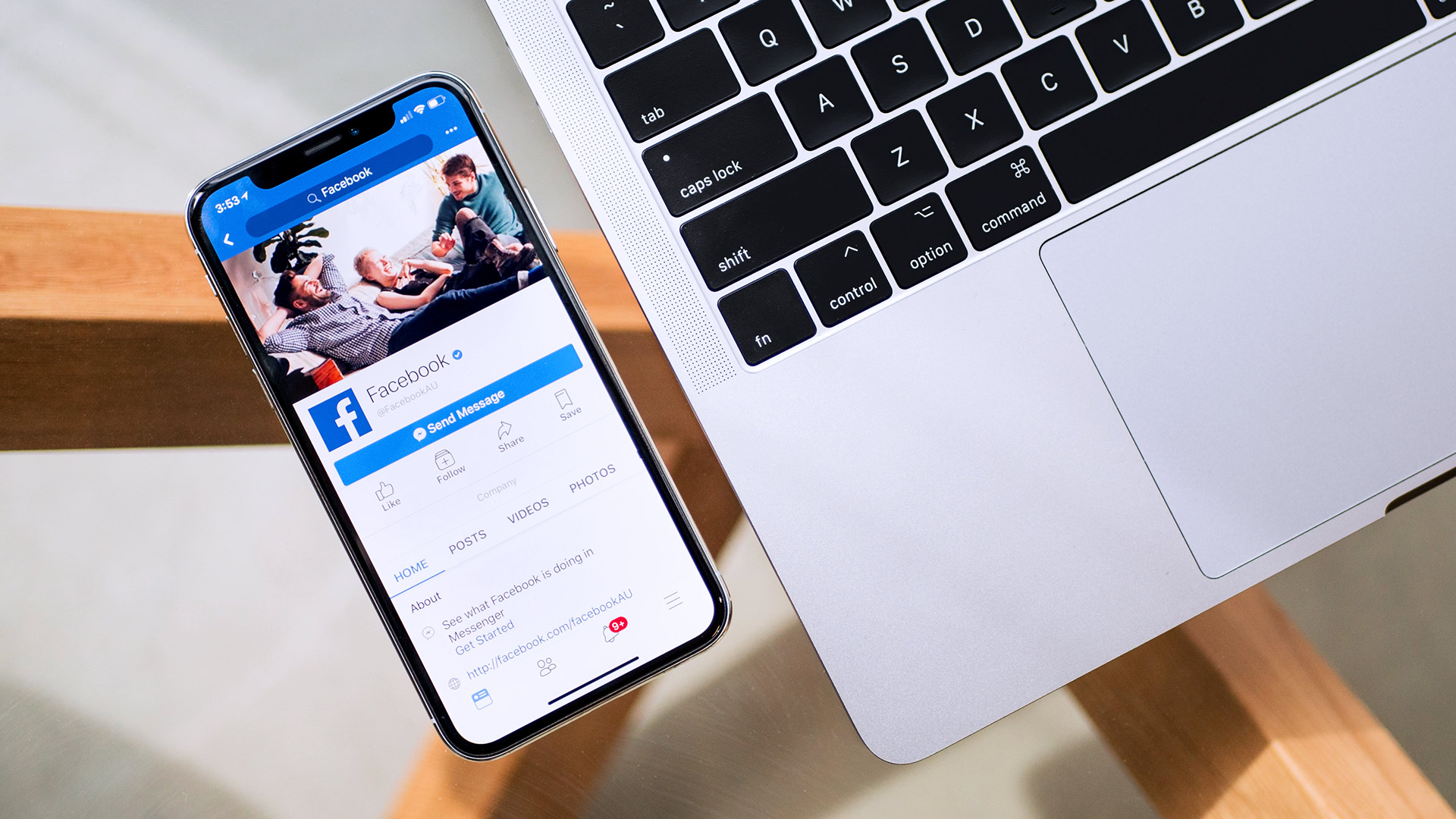
The platform opened to those outside college campuses in 2006 and reached a whopping 50 million users later that same year. By the end of the year, Facebook Ads would be launched, bringing in brands across the world who wished to create pages to connect with customers on the platform.
One of the winning factors that set Facebook apart from the sea of social media platforms? Using your own name. Now we post our name willingly on Facebook and other social sites but before it was almost taboo. You used usernames and other pseudonyms to identify yourself because there was the idea that there was a huge risk if you used your real name. Facebook showed that the fear wasn’t what it was made out to be, leading to its massive success.
Facebook is considered the top social media platform today with almost 3 billion active users. The platform is popular with Baby Boomers and is used by most brands to create communities and reach audiences with their specific targeting capabilities.
If anyone reading likes bourbon or whiskey (we’re looking at you Salvatore brothers 😉), then Instagram’s history may just fascinate you.
Kevin Systrom loved bourbon and whiskey, so much so that in 2009 he developed an app where people could share places to have these drinks and share photos of them. It was called Burbn and, after meeting investors interested in the app, they started working on turning it into the next big thing.
Users on Burbn mostly shared photos of the food and drinks they were getting from these locations. For that reason, photos became the main focus of the app and the name was changed to Instagram as a mashup of the words instant camera and telegram. The app was released as Instagram in October of 2010, reaching over 25,000 users on the day of release, and hitting almost 1 million by December.

Twitter began in 2006 when Jack Dorsey suggested an app that allows users to chat with small groups using SMS, similar to sending text messages. Originally, the platform was called twttr and was only available to Odeo employees, where Dorsey worked.
Once released to the public, the platform was seeing 20,000 tweets posted a day and, six months after release, they were able to buy the twitter.com domain, officially transitioning into the Twitter name we’re all so familiar with.
By 2010 Twitter was reaching 50 million tweets a day and as of 2022 it has surpassed 500 million tweets sent a day. It is now the largest and most popular microblogging site with its 368 million users and is used as a reliable news source for many across the world.
“The slogan was “Tune In, Hook Up.” Aren’t we all glad that never happened.
Did you know YouTube started as a dating site? Neither did we until we Googled it. The slogan was “Tune In, Hook Up.” Aren’t we all glad that never happened. Luckily, its start as a video-dating website evolved into a site where people can upload their own home videos to share with the world.
In 2005, the beta site was released, and the first video was posted. By the end of the year, the site had its first 1 million hit video (a Nike ad, funnily enough) and was out of beta and available to the public.
After being acquired by Google in 2006, YouTube continued to grow, launching their Partner Program in 2007 as well as seeing the US Congress and Vatican create their own channels by 2009. It is now the second most popular social media platform, after Facebook, and the second most popular search engine, right after Google. By allowing users to upload their own content and making this a free and easy to use platform to search for almost anything, YouTube earned its spot as a top social media platform.
You might not know this, but LinkedIn was created prior to Facebook. It began as an idea in 2002 in Reid Hoffman’s living room. The creators weren’t looking to attract the younger generations who wanted to share updates on their lives, but rather business professionals and jobseekers that were looking for a more serious, professional platform. The site for LinkedIn officially launched May 5, 2003, but it wasn’t until 2004 that the site passed 1 million members. Public profiles were finally released in 2006, allowing there to be a record of your current and past jobs. Recommendations were also added at this time to make it easier to connect to others on the platform.
Today, LinkedIn has 875 million members across the globe and is the leading social media platform for business professionals. The extensive networking that can be achieved on the platform between businesses and people alike are what made this platform so unique and successful.
The latest powerhouse in social media platforms is TikTok. The app was originally created in 2016 in China, under the name Douyin, and in 2017 it launched in the US as TikTok. By 2018, TikTok had bought and merged with Musical.ly, another popular app whose features were similar to the ones on TikTok today, and in February of 2019 the app hit 1 billion downloads
The app that started as lip-syncing videos now contains a wide range of content, from short sketches that make you laugh to informative videos that help educate on various topics. However, the top content on the app are the entertainment and dancing videos, especially all the dance challenges the app is known for. The various challenges and trends helped further cement this social media app as one of the most popular. With how easy it is to share and create content, it’s no wonder why it boasts over 1 billion monthly active users.
The use of the For You Page (FYP) to curate content for each user based on their preferences and watch history is just another facet of the app that lends itself to its increasing popularity. As the platform continues to evolve and add in new features, it remains a top contender in social media today.

As technology continues to advance and dynamics shift, social media platforms evolve along with it. We’ve already seen things like the Metaverse come out to try and embrace new technology and mix it with popular platforms. We’ve also seen an increase VR shopping on social media apps as technology allows for us to try things on from home or see how furniture will fit into our home before purchasing.
Other trends have begun to appear on social media, such as a preference for real, unfiltered content. TikTok and other video platforms are seeing a rise in behind-the-scenes content and lifestyle videos that show the raw side of life. New apps like BeReal are also showing that authenticity is taking the forefront of online communication.
While no one can be sure of what exactly the future of social media holds (given that it’s constantly changing), we can tell you that social media platforms and their influence on global communication won’t be going away anytime soon.

